Apple’s Worldwide Developers Conference (WWDC) has been a staple event for the company since since the turn of the 21st century. The first ever WWDC was held in 1983, but it wasn’t until 2002 that Apple started using the conference as a major launchpad for new products. Since then, Steve Jobs and Co. have unveiled products like the Power Mac G5, Mac Pro, iPhone, and plenty of software. Because WWDC has always been a developer-focused conference, Apple uses the event to announce new apps, OS X versions, major iOS updates, etc. For an Apple fan, it doesn’t get much better than WWDC.
With WWDC 2012 set to kick off on Monday, June 11th, we decided to take a look back at the big announcements Apple made at WWDC over the past decade.
2002
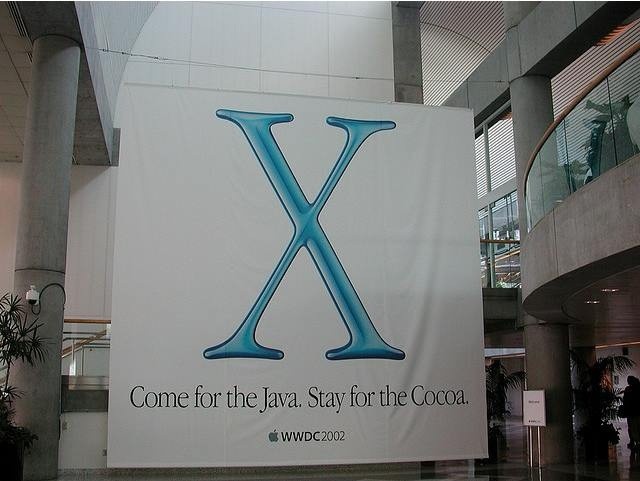
Mac OS X 10.2, QuickTime 6, and “Rendezvous” (now called “Bonjour”) were announced. A mock funeral was held for Mac OS 9, signaling that Apple was officially dropping support to fully focus on OS X.
2003
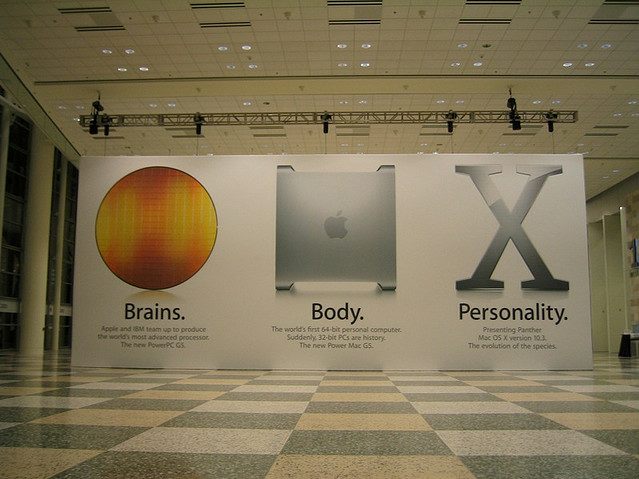
The Power Mac G5 was announced. Apple previewed Mac OS X Panther, moved Safari out of beta with version 1.0, and introduced “iApps” (now called the “iLife” suite). WWDC attendees were given the first ever iSight camera and other goodies.
Highlighting the connection between Pixar and Apple CEO Steve Jobs, Apple gave an advanced screening of Finding Nemo.
2004
WWDC attendance started rising significantly with a 17% increase over the year before. The first Apple Cinema Displays were introduced in 20-inch and 30-inch widescreen models. Steve Jobs demoed podcast support in iTunes, and Apple previewed Mac OS X Tiger for developers.
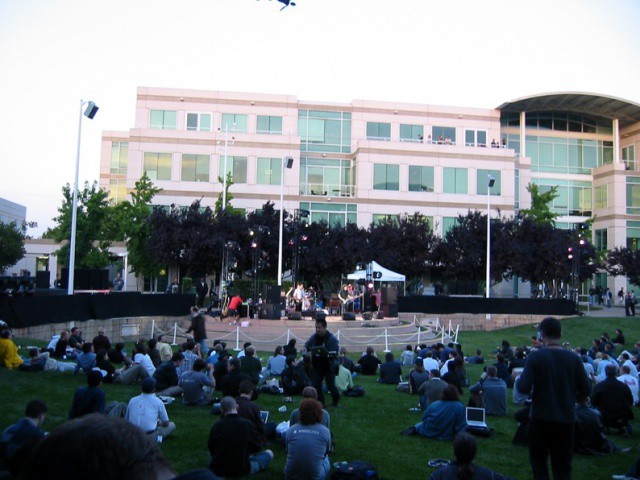
To top the conference off, Apple shuttled attendees from the Moscone Center in San Francisco, California to Apple HQ in Cupertino where the band Jimmy Eat World gave a free concert.
2005
Steve Jobs made the huge announcement that Apple would move away from the x86 platform and partner with Intel. Wolfram Research gave an onstage talk about porting their Mathematica software to Mac OS X on the Intel platform. There were 3,800 attendees from 45 different countries at the conference, which was a slight jump from 3,500 attendees in 2004.
Like the previous year, Apple shuttled developers to the HQ in Cupertino for a concert given by the band The Wallflowers.
2006
The Power Mac G5 was replaced by the all-new Mac Pro, and the transition marked the death of the last PowerPC Mac. Unveiled by Steve Jobs, the first Mac Pro featured 2.66 GHz dual core Xeon “Woodcrest” processors by Intel, 1GB of RAM, a 250GB hard drive, and a 256 MB video card. A new Xserve running dual-core Xeons was also announced.
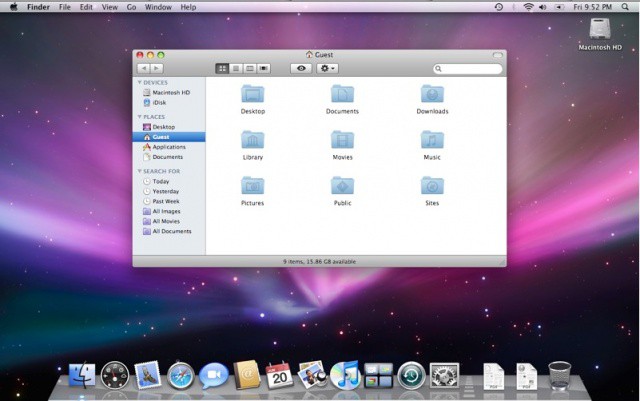
Apple announced 10 improvements it was bringing to Mac OS X with Leopard, including full 64-bit app support, Boot Camp, Time Machine, Core Animation, Spaces, and more. Continuing the tradition of the “beer bash,” Apple shuttled attendees from San Francisco to Cupertino for a party led by DJ BT.
There were 4,200 attendees from 48 countries.
2007
Although Steve Jobs announced the first iPhone in January at Macworld, WWDC 2007 was where the release date for the new smartphone was announced. Apple talked about third-party web app support for the iPhone’s Safari browser, which indicated to developers that an official SDK was not in the immediate pipeline. It wasn’t until the following year that Apple announced the App Store.
WWDC 2007 had a very anti-Microsoft theme, including the hilarious Mac vs. PC ad that opened the conference by knocking on the failure of Windows Vista and the Zune. A complete beta version of Mac OS X Leopard was released, although the public release was pushed back to October. The Safari web browser was brought over to Windows, and EA announced that it was bringing a host of new games to the Mac platform.
Over 5,000 developers attended the conference.
2008
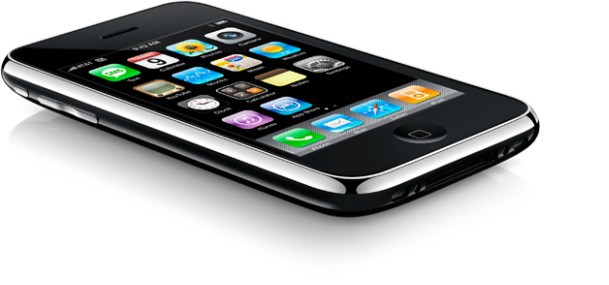
The App Store arrived with iOS 2.0 and an official SDK. Companies like Sega and eBay showed off their native iPhone apps, and the mobile app industry was officially jumpstarted. The iPhone 3G was also announced with faster 3G data connectivity. AT&T began to subsidize the smartphone, meaning that the 3G was available for $200 with a two-year contract.
Mac OS X Snow Leopard was previewed, and .Mac was rebranded to MobileMe. For the first time in history, the conference was completely sold out.
2009
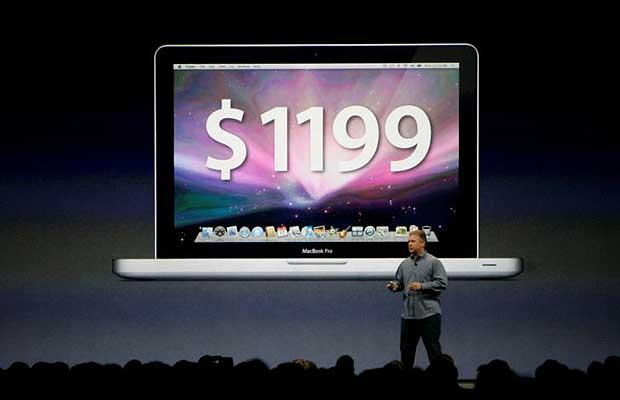
Steve Jobs wasn’t able to attend the conference due to his medical leave of absence, so Apple’s head of marketing, Phil Schiller, hosted the public keynote. Following the release of the unibody MacBook Pro in late 2008, Schiller announced a spec upgrade for the 15-inch and 17-inch models. The 13-inch MacBook was updated with better specs and called a “Pro.” The MacBook Air lineup also received a spec upgrade. Apple also previewed Mac OS X Snow Leopard, an evolutionary continuation of Leopard.
Promising to be twice as fast, the iPhone 3GS was announced as the successor to the 3G. iOS 3.0, which brought copy and paste, Spotlight, and MMS, was also unveiled. Tickets sold out two months before the conference began.
2010
Following the lost iPhone 4 prototype debacle, Steve Jobs unveiled the fourth-generation smartphone at WWDC. With over 100 new features, a Retina display, and a completely new design, the iPhone 4 was the biggest Apple smartphone release ever. Apple renamed “iPhone OS” to “iOS” alongside version 4.0, and a number of new apps were announced, including FaceTime and iMovie for iPhone.
Tickets for the conference sold out 8 days after becoming available.
2011
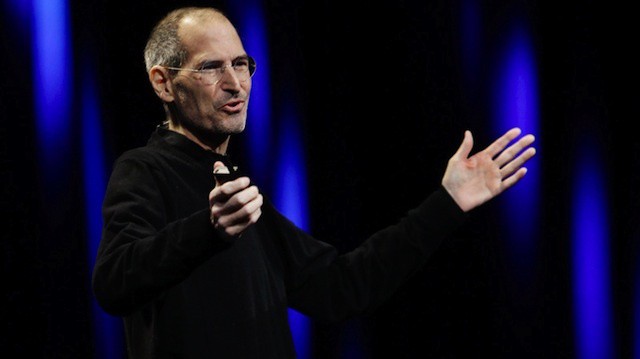
Marking Steve Jobs’s last public keynote, Apple unveiled Mac OS X Lion, iOS 5, iCloud, and iTunes Match. Tickets sold out within 12 hours.
2012
Tickets for this year’s WWDC sold out in under 2 hours, and Monday’s keynote is expected to feature several huge announcements, including iOS 6 and new MacBook Pros. Read Cult of Mac’s what to expect from WWDC 2012 feature for more.
![The History Of WWDC: Apple’s Biggest Announcements [Feature] A look back at Apple's biggest WWDC announcements from the past decade.](https://www.cultofmac.com/wp-content/uploads/2012/06/Screen-Shot-2012-06-08-at-12.38.50-PM.jpg)

